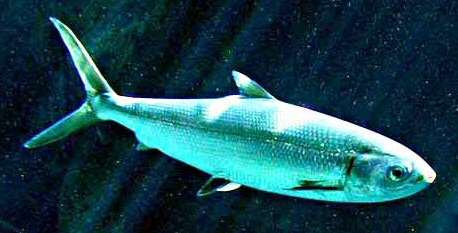Facts About Milkfish
The milkfish, or Chanos chanos, is a remarkable species that is the sole surviving member of the family Chanidae. Although at least five other genera thrived in this family during the Cretaceous period, they are now extinct. Milkfish are distributed throughout the Indian and Pacific Oceans, flourishing in tropical offshore waters, estuaries, and rivers. They can grow up to 1.80 meters (almost 6 feet) in length and weigh approximately 14 kilograms (about 31 pounds), living for an average of 15 years.
These fish possess a streamlined, elongated body with an olive-green hue, silvery sides, and fins that are outlined in a darker shade. Their diet mainly comprises phytoplankton, algae, and small invertebrates, often seen schooling near coral reefs. The lifecycle of milkfish is particularly interesting: their juveniles, or fry, migrate from the ocean to mangrove swamps and estuaries, eventually returning to the sea to mature and reproduce.
In Southeast Asia and several Pacific Islands, milkfish is a favored seafood. They are prepared in various ways, such as boneless bangús in the Philippines and bandeng duri lunak in Indonesia. The tradition of milkfish farming dates back roughly 800 years in the Philippines. Today, modern aquaculture methods involve raising fry in sea cages, saline ponds, or concrete tanks. Farmers utilize natural cues or hormonal treatments to induce spawning.
Post-harvest, milkfish are processed through methods like smoking, drying, and fermenting. Recent trends also include canning and freezing. As the demand for milkfish products increases, there is an emerging trend towards creating value-added products and exploring new markets, such as using milkfish juveniles as bait for tuna long-lining.
A notable event in the world of milkfish occurred in 2012 when a "golden bangus" a milkfish with a rare yellowish coloration, was discovered in the Philippines. Unfortunately, the fish died shortly after being relocated, allegedly due to issues with oxygen levels in its new environment.

 India
India